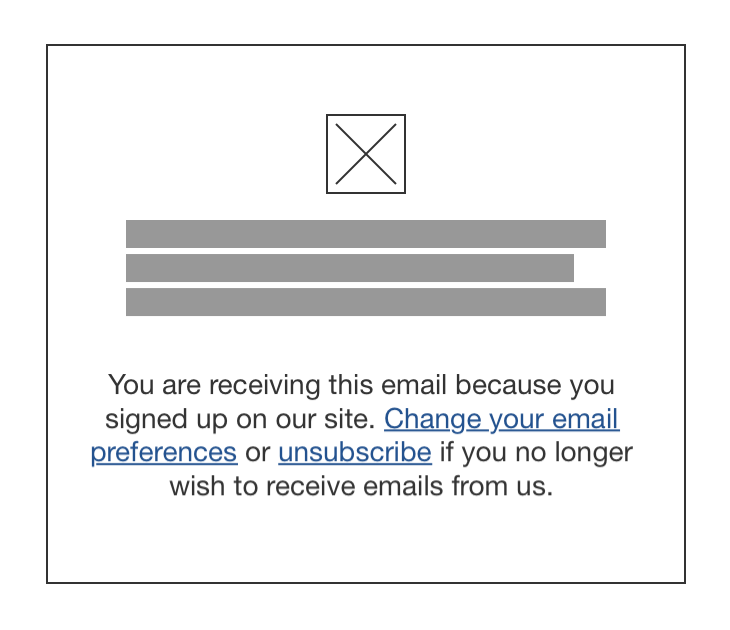What does “opt-out” mean? What’s the difference between opt out and opt in? How does opt-out affect your marketing efforts? In this post, we explain what opt-out is, if you need to provide this option to your users and how opt-out applies in marketing.

When someone has opted out, it generally means that they’ve indicated a preference to not be included in something. A common scenario is where users opt-out of an email list by unsubscribing or where Californian consumers opt out of having their personal information shared or sold under CCPA provisions.
You are subscribed to a newsletter but later decide you don’t want to receive it anymore. At the bottom of each email, there’s a link that says “Unsubscribe” Clicking this link will take you to a webpage where you can confirm you want to stop receiving emails. This process is an example of opting out. After you confirm, the company will stop sending you the newsletter. This allows you to easily remove yourself from their mailing list.

The meaning of opt-in is that a user must take a positive or affirmative action before being included in something (e.g. a user has opted in if they sign-up to an email list or click “Accept” on a consent banner).
Opt-out means that a user can bee included in something without the need of any action on their part (e.g including a US-based user on an email list under CAN-SPAM provisions ). Under most opt-out regimes, users must be given the possibility to opt-out easily.
Where opt-out regimes legally apply, they can pose both pros and cons to marketing. We outline the main points below:
Pros
Cons
When sending newsletters and marketing emails, you must respect your users’ choices. So if they wish to opt-out, you need to make sure it’s done promptly.
iubenda’s Newsletter Opt-In Booster helps you simplify marketing signups and consent management to make sure you’re always on top of opt-out requests.
Attorney-level solutions to make your websites and apps compliant with the law across multiple countries and legislations.